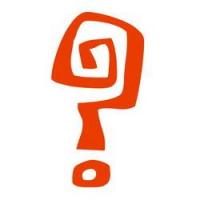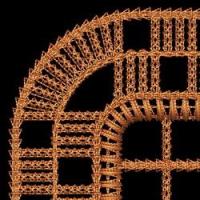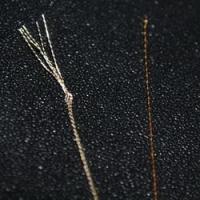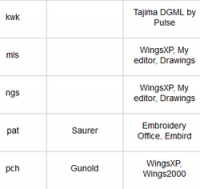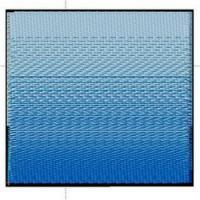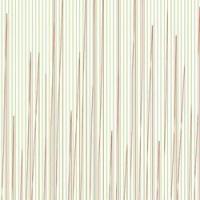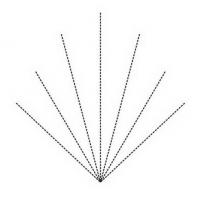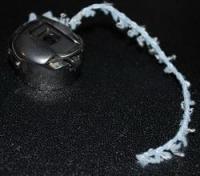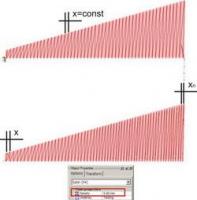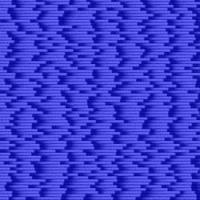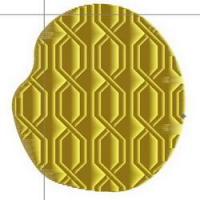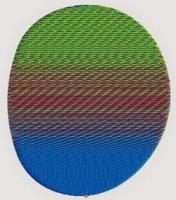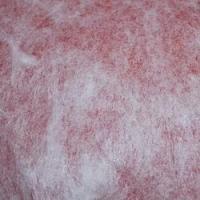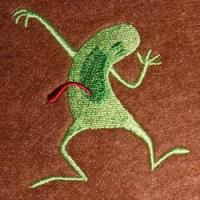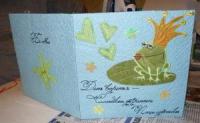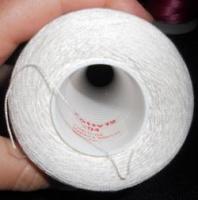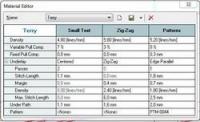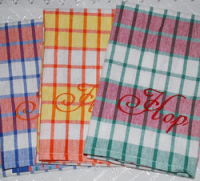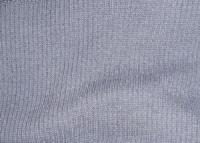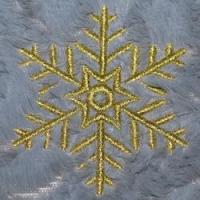
I've decided to try embroidering on fur. I got the design right the first time, without any technical intricacies or brain-twisters while creating. Satin columns on the snowflake did not sink much into the fur, the pile didn't show through the stitching, although I haven't used any toppings (like water-soluble film or a polyethylene bag). Chances are that I just got lucky and picked the fur very suitable for embroidery, with the thin pile 1—1,2 cm high.
It is commonly believed is that fur is not the easiest material to embroider and that you'll have to give it quite a lot of effort so as to create a high-quality design and embroider it.
It is advised to make preparations, similar to those you make before embroidering on any other pile or loop fabric:
If the fur cannot be hooped because hooping will damage the pile, you should stick it onto the stabilizer with temporary spray adhesive or onto the filmoplast. But you'll also need to place a stabilizer under the filmoplast for assurance.
If it can be hooped, you'd better hoop it together with the stabilizer. Before choosing the stabilizer type, you need to check if the fur is stretchy. If it does not stretch and the design is not big, you may use a tear-away stabilizer, and if the fur contains elastane or has a knitted base, better use a cutaway one.
Put thin water-soluble film (or a thin polyethylene bag) on top of it so that the pile doesn't pierce through the stitches. Better still is to hoop the film together with the fabric. You'll get a stabilizer—fur—water-soluble film hooped "sandwich" as the result.
You can use the threads of any thickness and structure.
The needle size should correspond with the thread thickness, and the sharp (R) needlepoint is preferable.
In case the pile is very high, here's what you can do: shorten it in places where the future embroidery will be located. Some people use scissors and some — an ordinary hair trimmer.
Digitizing a design for furs
It's better to choose bigger designs for the purpose. They don't contain small elements and details that can sink into the pile and become invisible. Large fonts with thick letters without delicate hair strokes are preferable. Satin columns should be less than 1.5—2 mm wide. When the stitch length reaches 7—8 mm, they should be compulsorily split. Pull compensation should be no less than 10% of satin column width. Filling stitches should be longer than usual (over 4 mm). It will reduce the number of needle penetrations and, subsequently, the possibility of the pile peeping out. Understitching:
Double run for thin satin columns Edge run + double zig-zag for thick satin columns Edge run + full grid at an angle different from that of the main layer — for the filled areas. The benchmark density value for test designs should be 0.3—0.35 mm. A density like that usually results in a perfectly filled embroidery area.
If none of the aforementioned tips help and the embroidery keeps sinking in the pile, you can try this: put a low-dense full grid of the same color as the fur under your design: it will trample down the pile and make an excellent underlay. You will be able to embroider even small elements on it not fearing that they will "disappear".
These easy rules will aid you in taming this fabric even if you have never embroidered on it so far.
- Read more...
-
- 0 comments
- 5,518 views


